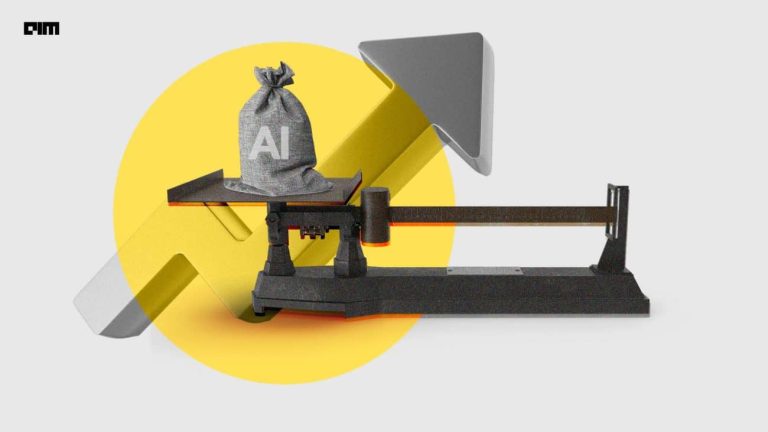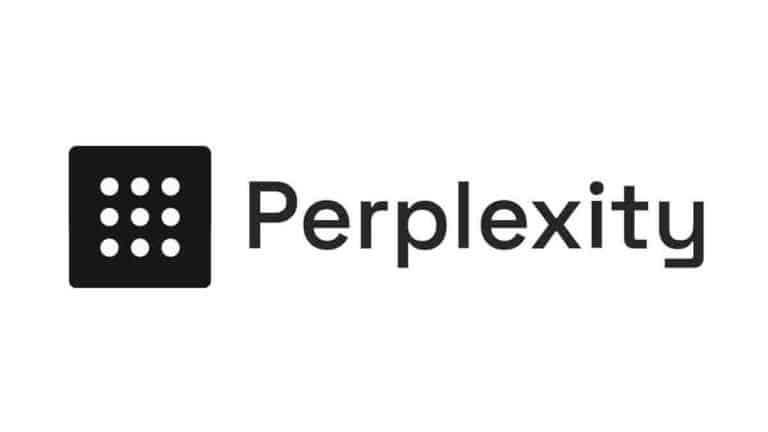|
Listen to this story
|
Recently, Netflix released the trailer of a new show named The Dog & The Boy and all hell broke loose. The problem lay in the caption of the post, where Netflix had said, “As an experimental effort to help the anime industry, which has a labour shortage, we used image generation technology for the background images of all three-minute video cuts!”
This seemingly innocuous move has sparked a debate in the AI artist and anime communities over the use of technology vs sticking to traditional methods in the anime industry.
Hayao Miyazaki, the director of some of the world’s most beautiful hand-drawn films out of Studio Ghibli, has previously said that AI art is “utterly disgusting”. Similarly, legendary film director Guillermo Del Toro has stated that he will always ‘consume and love art made by humans’ and was not ‘interested in illustrations made by machines and the extrapolation of information’.
Amidst the traditional vs technological battle in anime, Netflix also touched upon an extremely sensitive subject — labour shortage. Suffering from a labour shortage and a lack of well-paid artists, the anime industry has long been looking for technology to speed up their creative processes and meet deadlines. However, methods straying even slightly from the traditional method of creating anime have been met with vehement backlash from viewers.
The Boycott
Meanwhile, technology vs tradition has been a long-standing rivalry in anime, mainly due to one of the main identifiers of the art-style being hand-drawn animation.
Even in the early 2000s, when computers began to create digital hand-drawn art, many traditionalists pushed against it. Tatiya Sriyapan, the co-founder of Punica publishing and a digital artist, recounted this experience from his halcyon days, “I remember the time when painting digital art was considered unethical. I was one of the first group of students to draw digitally on a computer, and the professor blamed us because he didn’t consider it as an art.”
Similarly, many anime fanatics despise the use of computer-generated imagery or CGI in anime, as it goes against the fundamentals of creating hand-drawn designs. This tradition involves the creation of expressive key frames termed genga and in-between frames known as douga. While genga frames are expressive, iconic, and impactful, douga frames provide motion and impart believable animation to the finished product. Traditionally, genga frames are drawn in-house by experienced anime artists, and douga frames are outsourced from Japan to studios all over the world.
Computer-generated anime, on the other hand, is usually considered to be a cost-saving measure by anime fans. As one can imagine, it is less cost-intensive to animate a 3D model with hand-drawn features than it is to painstakingly draw each frame, 24 times a second, for a 24 minute episode every week. Eiji Inomoto, the CG director for Orange Co, said in an interview, “There were many people who had a sense of rejection just because they were CG. It was not easy for viewers who had been accustomed to watching animated cartoons for many years to accept the different elements of CG.”
This sentiment echoes those of many community members on anime forums like MyAnimeList, with some saying that CG anime don’t get the hate they deserve, and others stating that the animation looked ‘stilted’ and ‘unrealistic’.
Taking a bigger look at the industry as a whole, one can clearly see the reluctance of viewers to move towards a non-traditional way of animation, while studios wish to find more measures to cut down on cost and keep up with the rising demand for animated content.
Netflix Caught Red-Handed?
To solve the problem of the talent crunch in the anime industry, Netflix partnered with WIT Studio, the creators of the hit anime ‘Attack on Titan’, and launched the WIT Animator Academy. It also launched the Netflix Anime Creators’ Base, a ‘community space’ within Netflix’s Tokyo office. However, these positive moves were overshadowed by reports of Netflix paying animators as little as $34 per ‘cut’ or shot of the anime.
This not only cemented Netflix’s reputation as a company looking for cheap and disposable labour for creating anime, but also threw into question their intentions behind training new artists and providing spaces for them to work in.
Reports also emerged that Netflix would cover the tuition fees and living expenses of students in their school, but on the condition that the newly trained artist will be contracted to one of their studios upon graduation. Many also pointed to the fact that the background designer for the short was credited as ‘AI (+Human)’, with no credits for the person who created the image using AI.
Netflix’s moves towards further squeezing an industry already putting its talent under crunch has not gone unnoticed by those in the field. In 2021, a report found that lower-rung illustrators get paid only $200 a month, with top animators relegated to a pay scale of $1400 to $3800 a month. This emotion was captured perfectly by a tweet reply to The Boy and The Dog trailer, which stated, “The anime world should be up in arms after being reduced [to] a token “+ human” in credits. This is a slap in the face of lifetime’s [sic] worth of blood, sweat & tears anime artists spend honing their craft.”
In an industry where overworking is a badge of honour, and where animators have died at their desk due to stress-induced heart attacks, companies like Netflix using AI art does not sit well with any involved party. When looking at the moves being made by the studio, it is clear that they will either build and exploit a talent pool of underpaid artists, or replace them with AI when the time comes. Such an argument goes beyond whether technology should be used for animation, and brings into consideration the humanitarian perspective of supporting artists for their work – an ethical question magnified twofold by the use of AI art which ‘steals’ art without attribution.



















































































